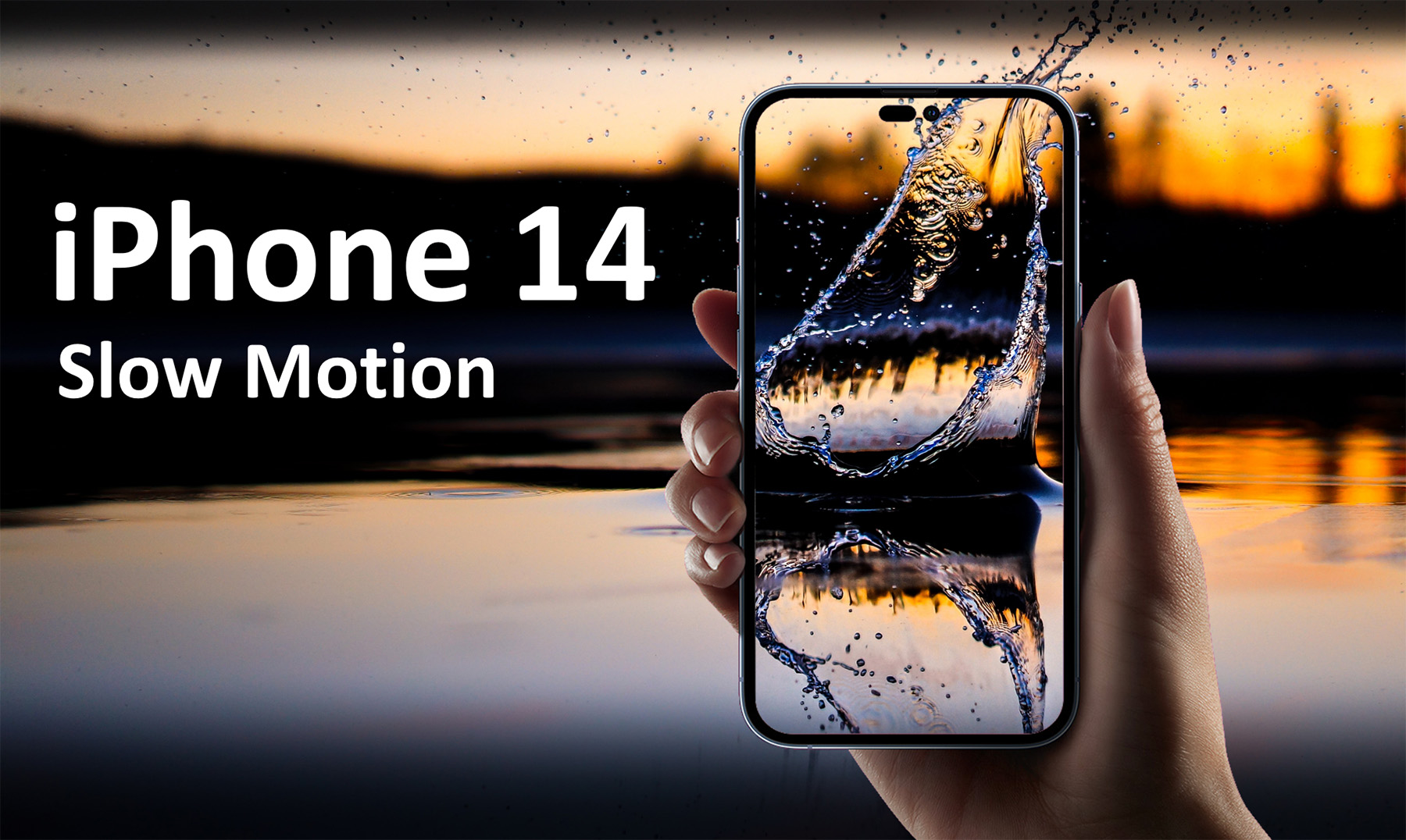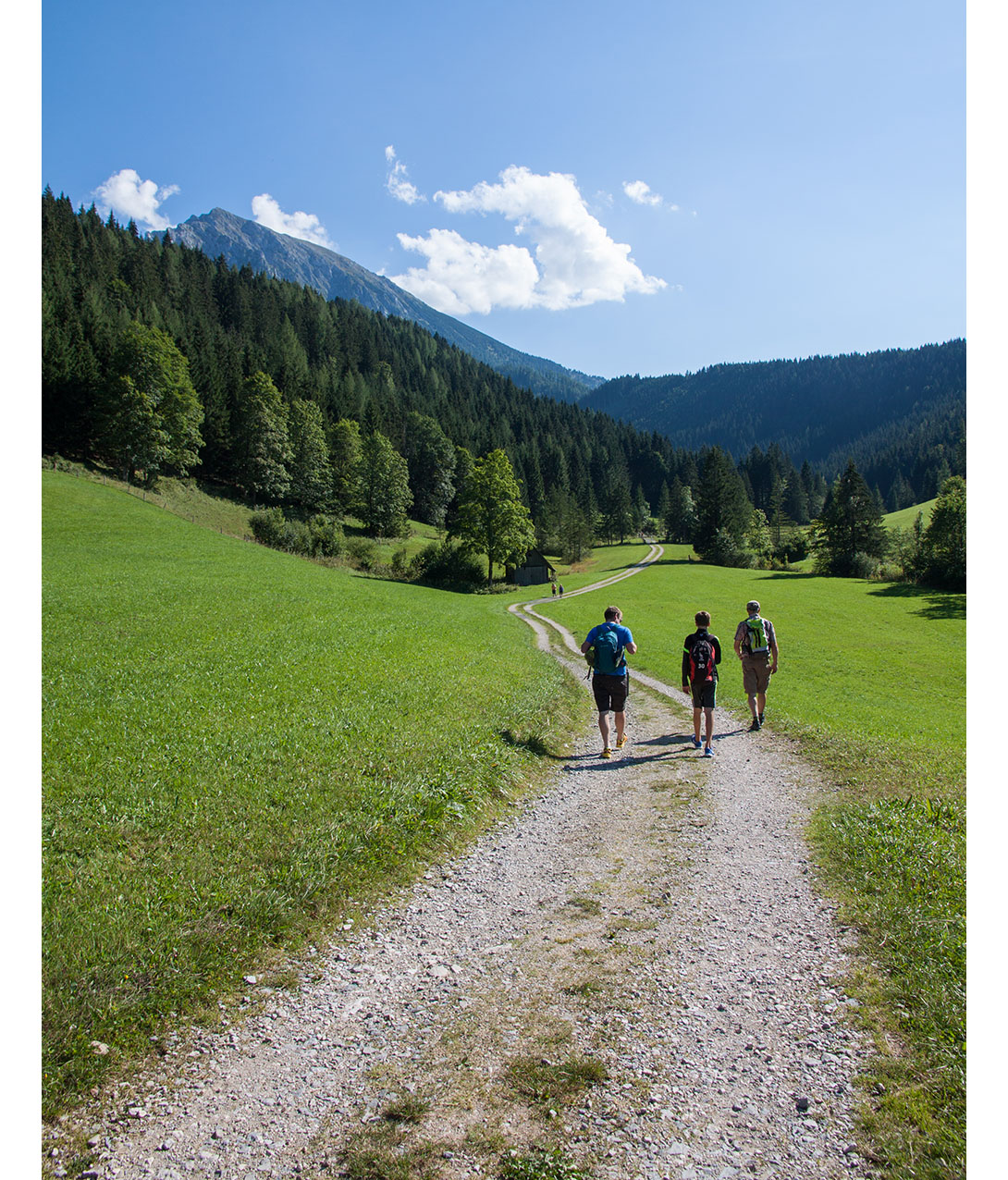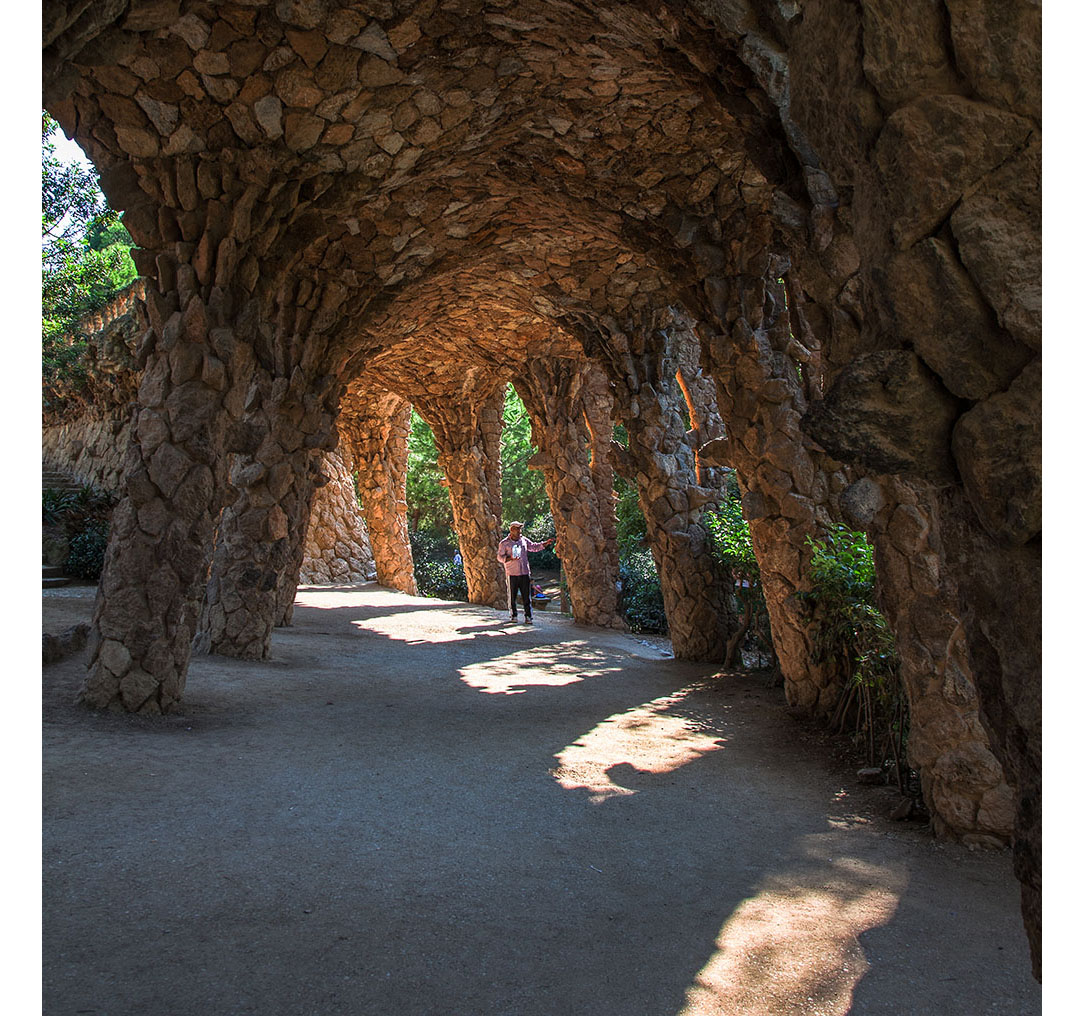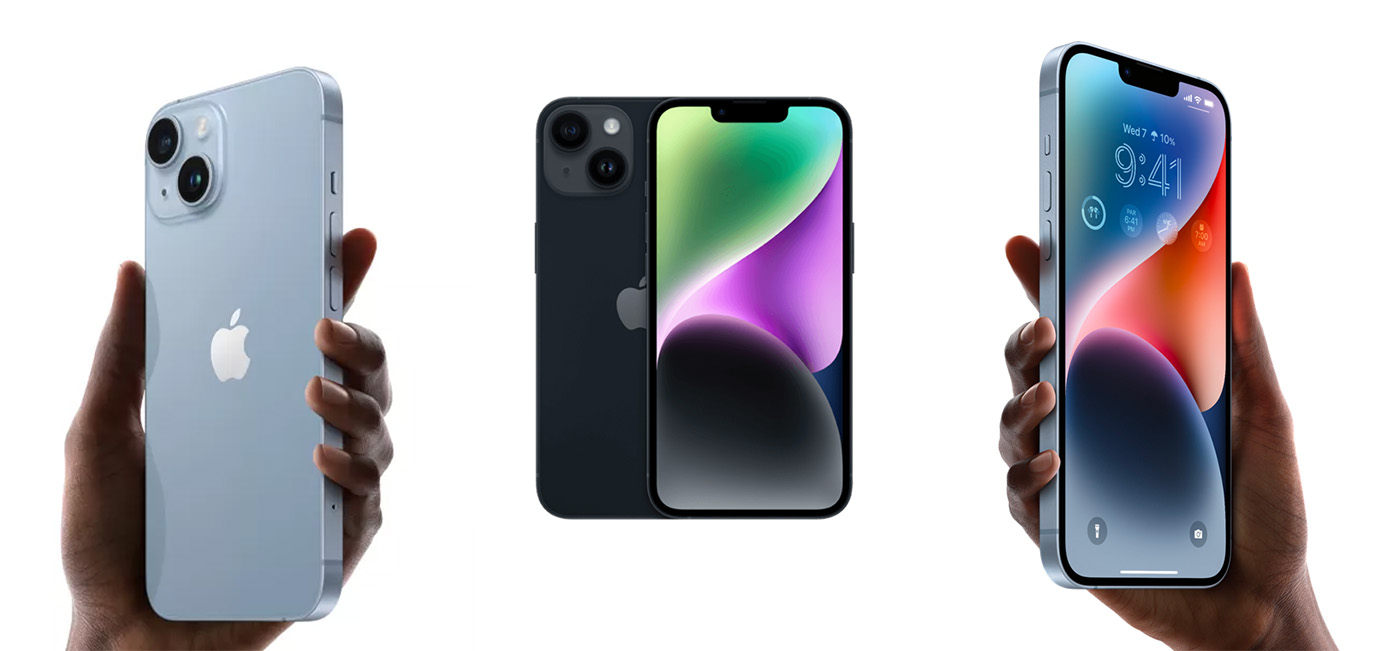|
PRO |
CON |
|---|---|
|
Good price/performance ratio |
Only limited manual setting options |
|
Compact and usable everywhere |
same frame rate as the iPhone 13* (cheaper alternative) |
|
Additionally a top smartphone | |
|
Simple operation |
iPhone 14 Slow Motion

The iPhone 14* allows users to create 10x slow motion recordings with the Slo-Mo camera App function. This can be used to create stunning slow motion videos that bring interesting insights to a wide variety of everyday situations. With a resolution of 1080p and a frame rate of 240fps, the iPhone 14* is a top slow motion camera that you always have in your pocket.
The ability to create slow motion videos is not only reserved for extremely expensive special high-speed cameras. The smartphone, your daily companion also opens up the world for super slow-motion videos. A pioneer in the area of slow-motion videos in the smartphone sector is Apple with the iPhone. Therefore, it is interesting to take a closer look at the newly introduced iPhone 14*.
In summary, the following Slo-Mo options are possible:
- 60fps @ 4k
- 240fps @ 1080p
Unfortunately, there are no new frame rates compared to the iPhone 13*, but the camera optics have been improved. The iPhone 14* gets a new main camera lens with f1.5, compared to f1.6 in the iPhone 13*. Please note that the iPhone 14* has two lenses. An ultra-wide-angle lens (f2.4) and a main camera lens (f1.5). The iPhone 14* Pro also has a third telephoto lens with f1.78.
iPhones are known not to be the cheapest smartphones, but the quality even in slow motion video are very good, which justifies the price. You certainly won't buy an iPhone just because of the slow motion video function, but it can still be an aspect that motivates you to buy it. Here you can see which spectacular slow-motion recordings are possible.
240fps on a smartphone is quite remarkable. Spectacular SloMo videos are guaranteed. Admittedly, the videos are really great for viewing on a smartphone screen. On a screen size of about 6-7 inches, a good video quality is quickly simulated. But if you transfer the video to the computer and then play it on a larger device (for example a tablet or TV), you will quickly realize that the quality may still leave something to be desired. In order to achieve the best results, you should consider a few points. I have already mentioned some of these points on the home page. Here I present the most important ones for iPhone smartphones.
Give enough light
At 240fps (equivalent to 10x slowdown), you must shoot with a shutter speed of at least 1/240. One second is divided into 240 parts and 240 images are recorded per second. The lenses on smartphones are also getting better but are still limited. f1.5 to f2.4 "open aperture" as example.
So the shutter speed is fixed (minimum 1/240s) and the aperture is fixed (maximum light incidence at open aperture e.g. f1.5) so the last point left is the ISO value. As already mentioned in other articles, a higher ISO value means more noise and thus poorer image quality.
For us this means in summary:
We give the camera as much light as possible so that the ISO value remains as small as possible. The camera regulates itself!
Lighting conditions
Another problem when filming with a smartphone is the lighting conditions change. Since everything is set automatically and no manual operation is possible (or only partially), care should be taken to ensure constant lighting conditions. Either place the smartphone in a fixed position --> probably the best solution, as this also prevents camera shake. Or pay attention to constant lighting conditions when moving the camera.
But what do constant light conditions mean?
Constant lighting conditions
Constant light conditions can be found, for example, on a large grass field or wide landscapes. Where no shadows are possible due objects located there. The camera can be turned and panned anywhere and almost the same lighting conditions exist everywhere. Best is also a cloudless day. Even cloudy weather can change the lighting conditions very quickly. Either the sky is completely cloudy or it is cloudless. With partly cloudy skies, clouds can partially obscure the sun and thus the camera must always readjust to expose the subject constantly.
Here is an example of constant lighting conditions

No constant lighting conditions
There are many objects that cast shadows. If you film on a shadow, the camera immediately tries to lighten the image and adjusts the parameters. If you film in such an environment, the finished video will always be brighter and then darker again. This looks unprofessional, so avoid it if possible.
Tip:
This does not happen with manual settings. You adjust everything and all values are then "fixed". If you now film in a dark place, the camera does not adjust. If these aspects are taken into account during recording, good slow-motion videos with acceptable quality can be achieved even with smartphones.
Here is an example of bad lighting conditions

Summary
The iPhone 14* is a clear buy recommendation if you can overlook the disadvantages. 240fps @1080p in this price range is very good, if you consider you get one of the best smartphones available. 4K @ 60fps videos should also be mentioned, since nowadays many vacation videos, short films and more are already created with iPhones. Professional results are achieved when used skillfully. Apple always releases updates in the photo & video area and it goes more and more into an all-in-one gadget. The future will still bring many innovations and who knows, maybe one day the smartphone will replace professional video cameras or even highspeed cameras. But until then it is still a long way. Finally summarized, really great slow-motion shots can be created with the iPhone 14*.

* = Affiliate Links